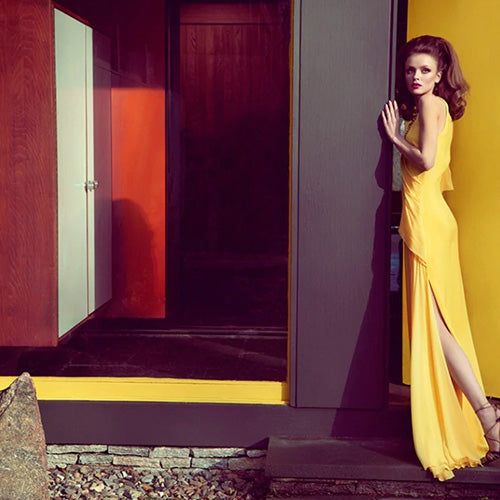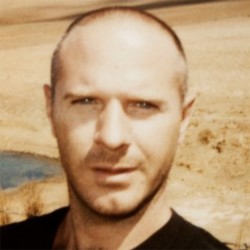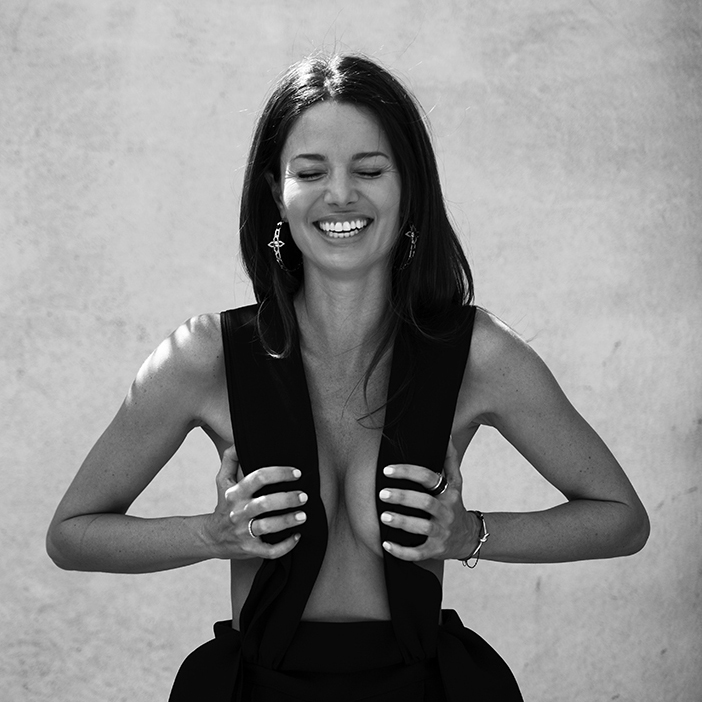PHOTOGRAPHER BIO
Born in 1985 in Mexico City, Mexico, Armenta started painting since 10 years old and become a student in fine arts in Accademia D’ArteFirenze in 2004. He is a Knife & Experimental painter who is famous for painting vibrant and colorful portraits of unknown people and abstract paintings. Armenta uses knives, hands and everything he can use to paint his artwork as he seems to prefer different techniques using a mix of basic mediums and industrial materials. For him, painting is an intense experience, desirable and formidable. It's a combination of conflicting and complementary internal movements; excitement, anxiety, pleasure, vertigo, attraction, doubt and acceleration. Armenta's work could be described as adventurous, since it includes various techniques. Such is the case of watercolors, experiments with alcohol, gasoline and other industrial materials, among others. Also, his styles range from drawings, figurative, collages and accidental compositions to playful abstractions, whether expressionist, naive or semi-geometric. It should be noted that the manifestation of an aqueous or diluted character is explicit in its oils and acrylics. In that way we observe areas of the canvas with intentional washes or gradients that contrast with the paint in its purest form. These visual effects provide the canvas with harmonic lights and shadows inspired by the leaves of moisture in nature. Layer after layer we can follow closely the creative process of the artist, the reactions of the components, the combinations of yellows, blues, reds and their derived colors, as well as the encounter of indefinite forms and unintentional contours, which simply happen and they color each other. The artist does not seek to draw or figure anything in his pieces, rather it emulates, with attractive tonalities, the dynamic flow of water, of life. However, these natural movements have alterations, sudden changes and pauses, hence his reflexive abstraction, which leads us to think of the painting as an area where both predictable and unexpected arise. That surprising aspect of his art manifests itself more strongly in his expressionist paintings, completely gestural, which includes certain vertiginous portraits with darker palettes. We also appreciate the recreation of colorful characters, apparently flat, with their heads bowed, with defined parts and others half defined, but also expressive and with exaggerated features. These are located on the entire pictorial surface, getting closer to illustration. His disturbing and incomprehensible colors are reflections of his soul, of his states of anxiety, anguish, uncertainty, happiness, harmony, peace and endless emotions that remain embodied in the work. Returning to his abstract expressionism, we find ingenious mixtures of chaos and order, that is, aesthetic equilibriums retouched of silhouettes with childhood reminiscences, patterns of curved, square or amorphous lines and a delirious palette. Undoubtedly, the artist does not leave a single space of our empty expressionist imaginary. The irregular, the infrequent, while the constant and the permanent, coexist in his work. Sometimes with varied material elements, such as papers, fabrics and other objects, others with challenging and illogical abstractions and others with unequal figures that seem familiar to us and yet they are not. Anyway, his creations amaze us and connect with our unconscious self.


































